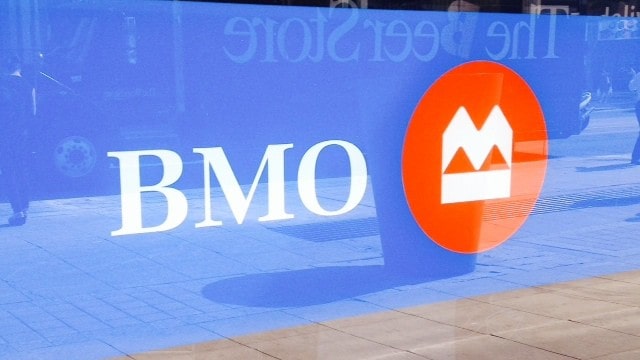Bank of Montreal (TSX:BMO)(NYSE:BMO) released its first-quarter earnings on Tuesday, which showed the bank finishing ahead of analyst expectations. However, despite the positive showing, the stock was down over 1% as net income of $973 million was down significantly from the $1.5 billion that the bank netted in profit a year ago.
Let’s take a closer look at the results to see just how well the bank did and if the stock is a good buy today.
Net revenues down from last year
Although BMO saw its revenue rise more than 5% year over year, insurance claims and other costs were up more than $350 million, which resulted in net revenue falling more than 1% from 2017’s totals.
Non-recurring items hurt Q1’s comparables
In the company’s first-quarter results from a year ago, BMO benefited from a net gain of $133 million, which included a $168 million gain from the sale of its Moneris U.S. operations. The company also incurred a $425 million expense this quarter relating to the revaluation of its deferred tax assets in the U.S. as a result of the tax reforms that were recently passed south of the border.
However, over the long term BMO is expected to see a benefit from the lower tax rate in the U.S.
The company’s adjusted earnings, which remove one-time items, inch the results a bit closer to the prior year, as Q1’s adjusted income becomes $1.4 billion, and although still down from $1.5 billion, it’s not nearly the drop off that it appears at first glance.
Gains and losses skew segment performances
Unlike in Q4, when the bank’s lone bright spot was its Canadian operations, in Q1 it was BMO’s operations south of the border which helped give its results a boost. The Canadian personal and commercial segment was down 13% this quarter, as prior-year gains helped to inflate last year’s totals. In the U.S., adjusted net income rose 23% from last year, but this too was largely the result of the prior-year results including a loss on the sale of a loan.
The bank’s wealth management segment saw income drop a little over 1% from last year, while profits from capital markets were down as much as 26%.
Did the company get penalized for not raising its payouts?
Given that Royal Bank of Canada didn’t have a terribly strong quarter recently and it still raised its payouts, investors may have been disappointed to see that BMO didn’t increase its dividend as well. However, BMO typically follows a different pattern for raising its payouts, and it hiked its dividend in Q4.
Is the stock a buy?
Looking at the company’s performance in Q1, it’s hard to get excited given the lack of a strong result in any segment and a lot of noise distorting many of the numbers.
However, BMO is still a good long-term buy, and with a dividend of 3.8%, it can offer you some great recurring income over the years. As interest rates rise and the banks continue to take advantage of higher spreads, and with BMO being able to benefit from lower U.S. tax rates, there is no shortage of reasons to consider owning the stock today.








